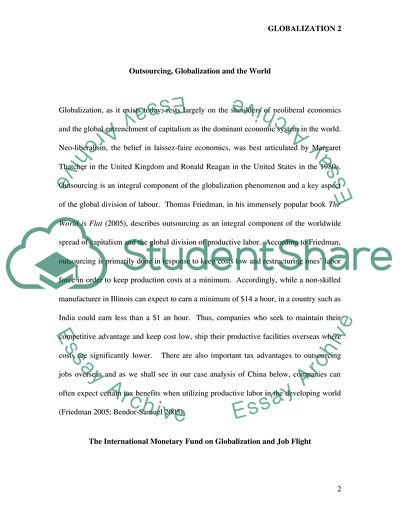Cite this document
(Globalization and its Effect on Wages and Income Inequality Research Paper, n.d.)
Globalization and its Effect on Wages and Income Inequality Research Paper. Retrieved from https://studentshare.org/macro-microeconomics/1724935-globalization-and-its-effect-on-wages-and-income-inequality-in-the-us
Globalization and its Effect on Wages and Income Inequality Research Paper. Retrieved from https://studentshare.org/macro-microeconomics/1724935-globalization-and-its-effect-on-wages-and-income-inequality-in-the-us
(Globalization and Its Effect on Wages and Income Inequality Research Paper)
Globalization and Its Effect on Wages and Income Inequality Research Paper. https://studentshare.org/macro-microeconomics/1724935-globalization-and-its-effect-on-wages-and-income-inequality-in-the-us.
Globalization and Its Effect on Wages and Income Inequality Research Paper. https://studentshare.org/macro-microeconomics/1724935-globalization-and-its-effect-on-wages-and-income-inequality-in-the-us.
“Globalization and Its Effect on Wages and Income Inequality Research Paper”, n.d. https://studentshare.org/macro-microeconomics/1724935-globalization-and-its-effect-on-wages-and-income-inequality-in-the-us.


